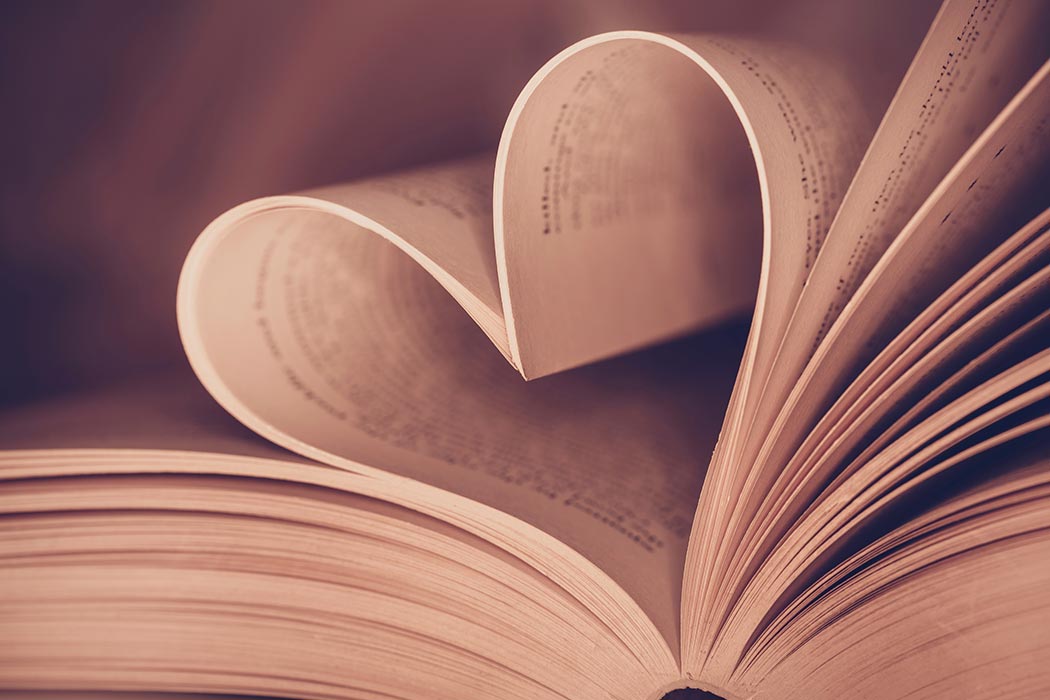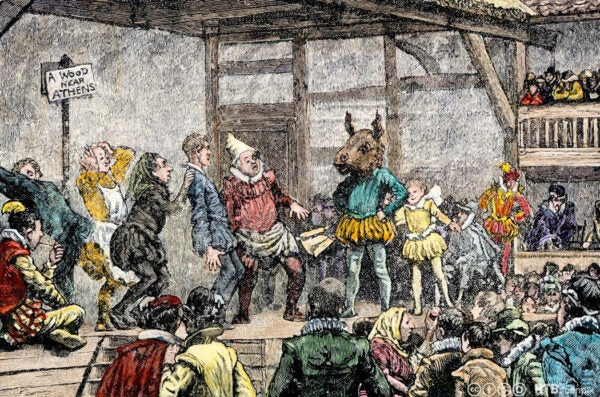Around 1936, C.S. Lewis is supposed to have said that the Provençal troubadours of the 11th century invented romantic passion as we now understand it. But this may have been news to those who suspected all along that love “is a universal tendency among human beings.”
Tim Hancock, writing for The Cambridge Quarterly, argues that Lewis’s original claim was actually pretty cautious. What he actually wrote (and later backtracked from) was: “French poets, in the eleventh century, discovered or invented, or were the first to express, that Romantic species of passion which English poets were still writing about in the nineteenth.”
The Romantic species of passion was a specific historical moment with a long tail of influence, right down to our own day. But romantic with a small “r” passion seems to have been around for much longer than the 18th century or, for that matter, the 11th century. Love, after all, is a “a physiological mechanism that exists as a potentiality within all human beings, one that has evolved to fulfill an important role in the production and survival of offspring,” Hancock wrote.
Neurophysiologists tell us that love is a neurochemical state of being. However, this doesn’t make many people sing, “You light up my neurotransmitters.” Indeed, argued Hancock, it’s how we express and represent love—all the cultural constructions atop our foundations of evolutionary biology—that really makes things interesting.
C.S. Lewis suggested that love was born out of poetry, but Hancock quotes examples as wide-ranging as ancient Sumer and contemporary America, from Lesbos to Sri Lanka, to show that “poetry is born out of love.” After all, doesn’t this 2500-year-old Greek lyric, “As a whirlwind/swoops on an oak/Love shakes my heart” still resonate?
Indeed, Hancock’s primary premise is to challenge C.S. Lewis’s assertion that passionate love was a specific cultural invention as opposed to a universal human condition. It’s perhaps fitting, then, that the rituals on display during Valentine’s Day have come to celebrate both: the legacy of the romantic poets and the universal notion that we all have the capacity for love.
Happy Valentine’s Day!







